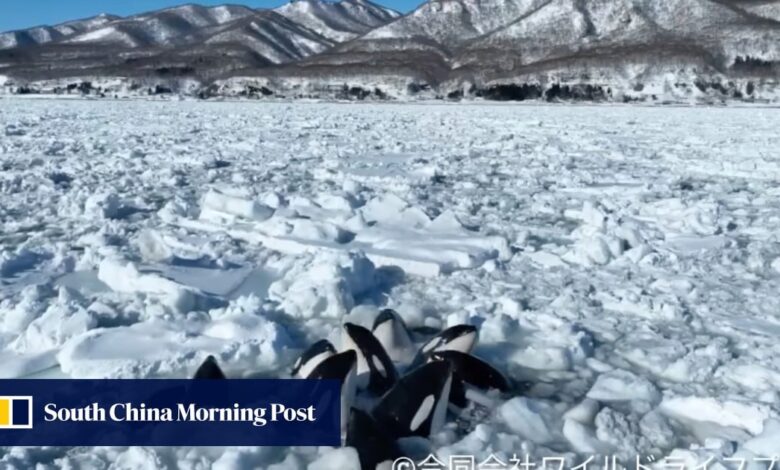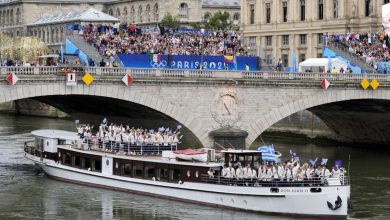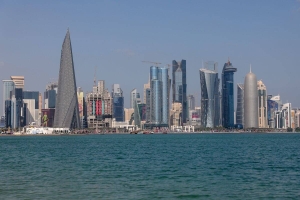Have Japan’s trapped orcas ‘escaped’? Nation holds breath as case highlights changing nature of Hokkaido’s drift ice

[ad_1]

All Nippon News on Tuesday aired footage showing the whales, including three calves, struggling to breathe in a contracting area of water near the coast of Rausu town in Hokkaido prefecture. The video suggested the pod could have as many as 17 orcas, according to local environmental group Wildlife Pro, which shot the footage.
The town of some 6,000 people could not carry out a rescue operation as its vessels were unable to get to the animals, local authorities said, after the space between the drift ice may have been frozen and blocked by low temperatures.
“As the gap in the drift ice started to open, it’s likely they escaped,” said a Rausu official after the animals could not be spotted through binoculars on Wednesday morning.
As Japanese await further confirmation that the orcas and their young are in the clear, experts say the incident has highlighted the changing nature of drift ice in the country’s north.
The last time a pod of whales got trapped in the ice off Hokkaido was in 2005 and ended with all nine dying.
Mari Kobayashi, head of the marine biology laboratory at the Hokkaido-Okhotsk campus of Tokyo University of Agriculture, said the characteristics of drift ice off Hokkaido’s coast had changed in recent years.
“The last time we saw anything like this, a large group of killer whales becoming trapped, was nearly 20 years ago,” she told This Week in Asia.
Killer whales off US west coast keep dying: Chinese-US study finds out why
Killer whales off US west coast keep dying: Chinese-US study finds out why
In recent years, Kobayashi pointed out, the drift ice had become thinner and more easily broken up as it is pushed south by the prevailing winds from the waters of the Russian Far East and Sakhalin Island, but this year the flow of ice has been different.
“The drift ice came very suddenly and pushed into the Sea of Okhotsk, meaning the killer whales were not able to escape,” she said.
Driven by the wind, the ice is typically crushed together in the sweeping arc of the northern Hokkaido coast, which ends with the Shiretoko Peninsula, a Unesco World Heritage site, on its far eastern extremity.
“We would expect killer whales to have stayed in deeper waters, but it appears they may have been hunting for food when they were trapped,” Kobayashi said. “But I think they still may be able to escape if they are able to travel to more holes in the surface of the ice until they can reach open water.”
The town of Rausu is located on the Shiretoko Peninsula in eastern Hokkaido. Shiretoko is recognised as a World Natural Heritage Site by the United Nations Educational, Scientific and Cultural Organisation.
Additional reporting by Kyodo
[ad_2]
Source link





